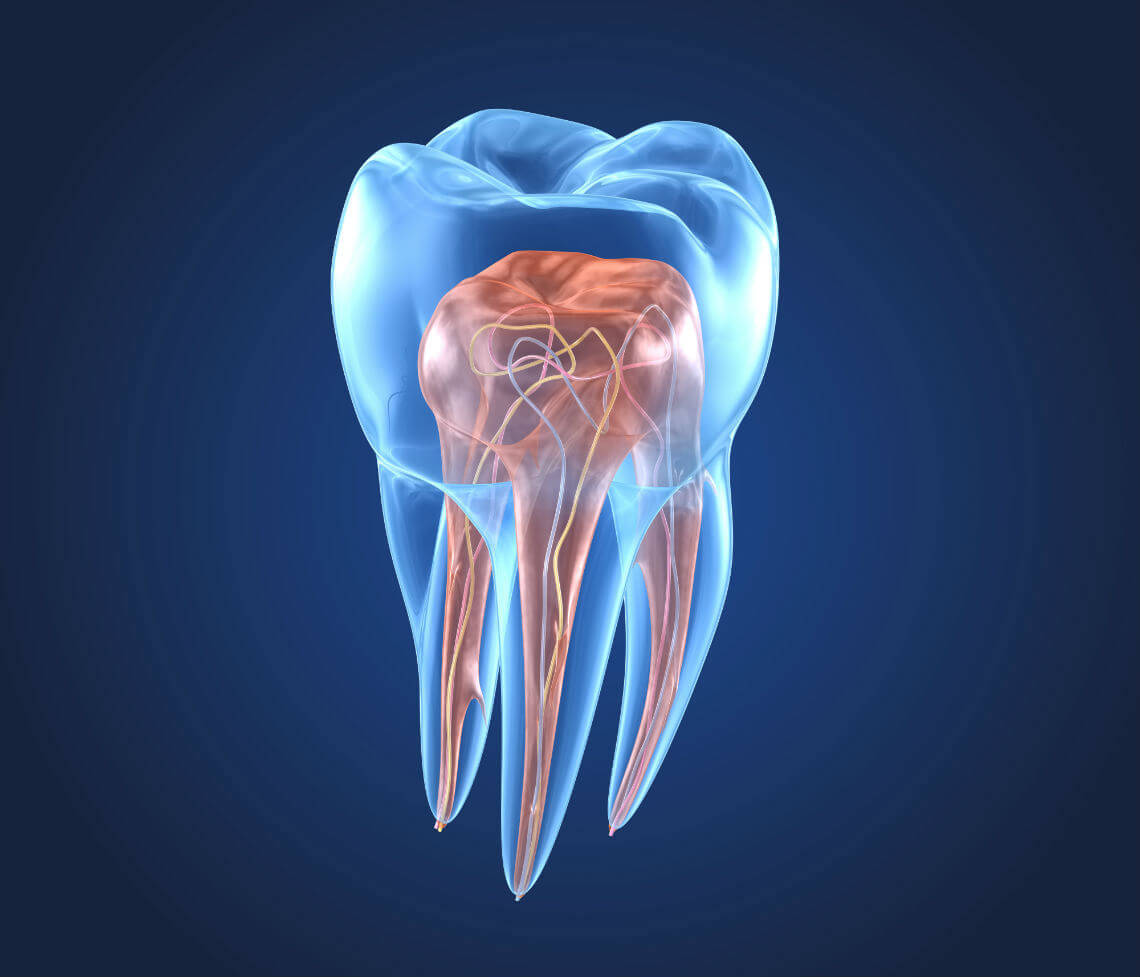

First, it is important to reestablish a 1.5 mm to 2.0 mm ferrule and second to maintain the patient’s biologic width.

In such situations, two factors are important to ensure success. In a clinical situation where minimal tooth structure remains, the establishment of an adequate ferrule height can be challenging. More than 1.0 mm of dentin thickness around the root canal is needed for adequate resistance to fracture.

The ability of a tooth to resist lateral forces is directly proportional to the thickness of remaining dentin. Decay and prior restoration may leave minimal ferrule wall thickness. The amount of remaining ferrule wall thickness may be jeopardized by crown preparation.

The ferrule wall width refers to the amount of tooth structure remaining from the pulp chamber and/or access preparation to the external surface of the tooth. Ferrule Wall ThicknessĮndodontic therapy requires the removal of tooth structure to gain access to the root canal system. Root canal–treated mandibular anterior teeth with a ferrule extending 2 mm beyond the core for optimal resistance to tooth fracture. , Excessive coronal flaring of the access preparation also results in greater susceptibility to fracture. In a tooth already seriously compromised by caries, trauma, or large restorations, access preparation is more significant, particularly if some marginal ridges have been lost ( Fig. When the access cavity is surrounded by walls of dentin, it only has a minor weakening effect. Additional loss of tooth structure occurs during endodontic access, leading to further weakening of the tooth. Most teeth requiring root canal treatment have been structurally compromised by caries and subsequent restorative procedures. Amount of Remaining Coronal Tooth Structure A bitewing radiograph should be used to evaluate the remaining tooth structure, pulp chamber, and bone levels and periapical radiographs should be used to evaluate tooth length and root morphology. A periodontal probe can be used to measure the height of the remaining tooth structure that will provide a ferrule measure pocket depths, which can reveal periodontal status and possible signs of root fracture and map the subgingival root morphology. This process allows clear visualization of the remaining tooth structure and removes bacteria. The first step is to remove any existing caries and restorative materials. Evaluation of a tooth requires clinical, radiographic, and esthetic evaluation. Criteria for a Restorable ToothĪ tooth must retain sufficient sound tooth structure after root canal therapy to allow predictable restoration. , This chapter will discuss the considerations needed to properly restore endodontically treated teeth. Specific restorative options must be evaluated based on functional demand and remaining tooth structure. Before endodontic therapy, restorability must be determined this involves careful evaluation of the existing tooth structure, including removal of all caries along with any existing restorations, both to reduce the risk of marginal leakage during treatment and to reveal the amount of sound tooth structure. However, for success the teeth need to be restored to their previous form and function. Outline indications for post placement in anterior and posterior teeth.ĭescribe common post systems and the advantages and disadvantages of each.ĭescribe core materials and their placement.ĭescribe techniques for restoring an access opening through an existing restoration.Įndodontic therapy is predictable. Identify restorative options before root canal treatment is started.ĭiscuss the advantages and disadvantages of direct and indirect restorations. Outline postoperative risks to the unrestored tooth.ĭiscuss the rationale for immediate restoration. Summarize factors contributing to loss of tooth strength and describe the structural importance of remaining tooth tissue.Įxplain the importance of a coronal seal and how it is achieved.ĭescribe the requirements of an adequate restoration. After reading this chapter, the student should be able to:ĭescribe the main factors involved in the survival of root-filled teeth.


 0 kommentar(er)
0 kommentar(er)
